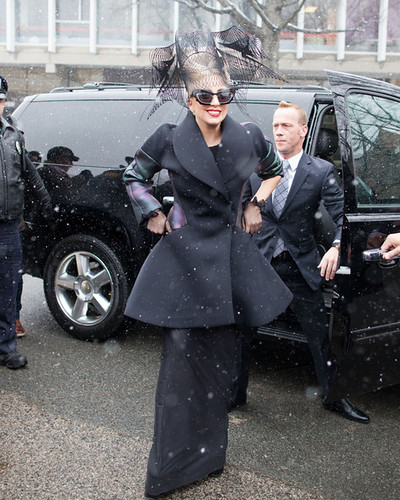As you leave my class, I’d like to give you some last-week advice. There have been a variety of things that I let slide or that I know I handle differently from other teachers. With this advice, I’d like to make you aware of those things to help you do well in your next writing class:
- Put your name on your work to make sure you get credit for your work.
- Use the format your teacher asks for if you’re sending electronic work. Your teacher may not have the software to open your file otherwise. Even if she has to convert the file, the format and layout may no longer appear as you want them to.
- If you can’t turn something in using the system your teacher wants, email the teacher AND attach the work. That way, your teacher knows that you completed the work on time.
- Listen to and follow the instructions for your assignments. If the teacher says to underline your thesis or include a bibliography, be sure that you do.
- Always check the syllabus before you ask questions. You’re likely to find things like the late policy, the grade scale, and attendance policies there.
- Don’t assume that your teacher next term will do things the same way I have. If you’re not sure about something, ask.
- Definitely be sure that you understand the teacher’s policy on using your laptop, tablet, or cell phone in class. The details may be on the syllabus. If they are not, ask.
- Realize that the teacher can see you, and don’t make
a bad impression. I knew when you were sleeping,
doodling, fooling around on Facebook, or generally not
doing the work I asked you to. There’s a meme teachers
share with one another:

- Don’t say things like “Does this matter for the assignment?” or “Did we do anything important in class?” Check out this advice on things to say and things not to say, and follow it.
- Remember that the Writing Center can help you next term too. Your teacher may not talk about it, but it is a resource that is available for you during your entire time here at Virginia Tech.




